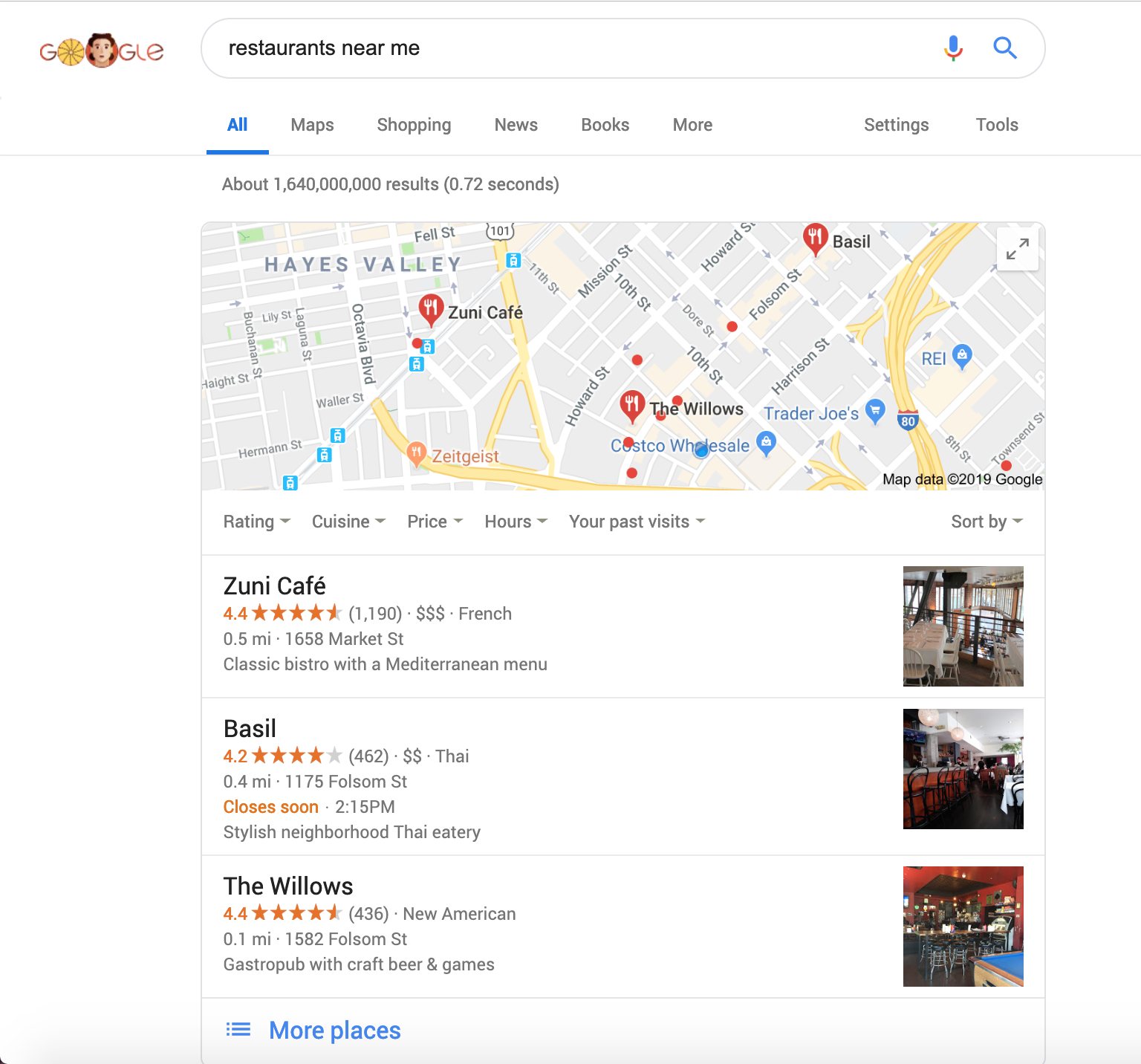If you’re selling in a competitive market, you should consider using the power of product reviews to get your brand promoted, proven, and trusted. Let’s take a look at why and how.
Buying online doesn’t include the perks that come with brick and mortar, like being able to touch, feel, or try products. That’s why 84% of people trust online reviews when shopping online.
Are your products really unique? Do you have competitors selling similar items to the same audiences? Are you struggling with a high rate of cart abandonment? If you’re selling in a competitive market, you should seriously consider using the power of product reviews to get your brand recommended, proven, and trusted.
If you’re not convinced of the importance of online product reviews to increase ecommerce sales or you’re unsure about the most effective strategies to motivate customers to write reviews — this article is for you.
Use this 5-minute read to get savvy and take action with 5 tactics to increase product reviews.
Why product reviews are critical to the success of your online store
Of course, product reviews aren’t just valuable because users trust them. Your team can use customer reviews to optimize a whole lot more than just sales.
Use customer feedback to improve your product(s) and services
No one size fits all — you’ll get both positive and negative reviews when you allow customers to share their honest experiences.
The great thing about negative reviews is the insights they’ll offer on your brand’s reputation and value. What exactly are customers unhappy about? How likely are they to place another order? Are they willing to refer your shop to friends and family?
Knowing the bad is as important as knowing the good: you get a snapshot of how well your products and services fit the market and where improvements are needed to take your business to the next level.
Plus, negative reviews can create a sense of authenticity — after all, nothing gets 100% positive feedback. And how your team handles your responses to said negative feedback can further build trust in your service. As long as you show that you’re willing to listen, help out, and when necessary, offer a refund.
Embrace negative feedback as an opportunity to solve problems and get serious about growth.
Build social proof and create trust in your brand
Social proof comes in endless forms. Are you influenced by YouTube reviews of cosmetics? Do you ask for recommendations on Facebook when traveling somewhere new? Do you read Amazon reviews and ratings when considering hundreds of options?
When it comes to ecommerce, product reviews are a powerful source of social proof. Alongside descriptions and pictures, reviews from real buyers give customers a comprehensive overview. Reviews build trust and give new customers more confidence to take a chance on an unknown brand. If your business is good, product reviews work to promote your brand.
Boost SEO ranking with user-generated content (UGC) marketing
Moz’s 2018 Local Search Ranking Factors report revealed that online product reviews can be a ranking factor, contributing 15.44% in local pack* ranking and 6.47% in organic ranking in Google (based on expert analysis). That means that having many good online reviews can help your business rank significantly higher in Google and other search engines.
When it comes to SEO, optimizing on-page elements — URLs, page titles, meta descriptions, image alt text, product descriptions, link-building, etc. — is a must. But what most people don’t realize is that product reviews also play a vital part in boosting SEO for ecommerce websites.
In a saturated industry like ecommerce, the SEO competition is fierce. So while everyone is sweating their on-page SEO, increasing authentic product reviews could be the secret to beating your competitors in search.
Reviews written by customers add more SEO-valuable content to your product pages because the content is:
- Relevant: your customers talk about the exact products sold on your pages, but may use different and more natural language than your product copy
- Unique: no other websites have the same review for similar products
- Fresh: as more reviews are added, the more frequently your pages get refreshed
*”Local pack” is the stack of companies topped with a Google map that you see in local business search results:

5 proven channels to grow reviews for your products
Okay, so you’re convinced that reviews help. But how do you go about getting more of them? Here are a few tips:
1. Email marketing: follow up with customers to request an honest review
The best time to ask for a product review is after customers have received and had time to experience their purchase. And the most effective channel to reach out post-purchase is email.

The sweet thing about email marketing nowadays is that you don’t have to write and send an email manually. Use an automated email marketing tool like Mailbot or Klaviyo (these apps are made for ecommerce) to have your campaign set up and triggered based on each customer’s behaviors and actions on your store.
For example, you can set up an automated review request campaign that’s triggered to send 2 days after customers receive their order. Or, you can create a segment that defines customers who submitted bad product reviews, so when customers enter this segment, a follow-up campaign to apologize and offer a solution will be triggered.



















Your brand is unique. Your store should be too.
Shape your customer's experience every step of the way, and build a modern ecommerce website — all without writing a single line of code.
2. Thank-you page: offer a coupon in exchange for a review
When customers complete orders and reach the thank-you page, you can encourage them to write a product review. Customer’s don’t typically skip this step because they want to make sure their order is confirmed. This makes the thank-you page a great place to take advantage of review requests.
Of course, customers may hesitate to write a review when they haven’t even experienced the product yet, but you can offer them an incentive to submit a review in the near future.
To make sure customers follow up, provide a direct link to bookmark and/or send it in the order confirmation email so they can write the review later.
3. Loyalty program: offer loyalty points for product reviews
If you use a loyalty program to encourage customer retention, they might be very willing to write you a quick review in exchange for points. This strategy is smart for 2 reasons:
- Everyone loves an easy way to earn rewards towards cash or discounts
- Loyal customers already love your brand and will likely write great reviews
Ecommerce loyalty program tools like Smile.io and Swell Rewards support giving points for writing product reviews.

4. Social media: request product reviews on social media channels
If social media is where your brand actively attracts traffic and engages with customers, it’s also a great place to request product reviews.
Here are 3 actionable tips you can implement immediately to grow reviews from social platforms:
- Pin a post on Facebook and add Instagram highlights to announce and promote your rewards program (discount codes, free shipping coupons, gift cards, etc.)
- Share current reviews on your social channels and express your sincere appreciation to motivate others to do the same
- Run retargeting ads to target buyers.* Use the ads to both ask for reviews on previous orders and suggest items for future purchases to maximize the ROI (return on investment) of your ad campaigns
* 91% of marketers found that retargeting campaign ads perform the same as or better than email.
5. Customer service: encourage customer support and sales teams to request online product reviews
We often respond more to personal connections than other types of automated outreach. If your business has a customer support or sales team, make it part of their training to request customer reviews.
By offering a bonus or rewards, you can encourage your team to go above and beyond to help collect meaningful customer reviews. Hopefully team members will be highly motivated to provide extraordinary service and request reviews from happy customers. (Emphasis on the happy part.)
How to publish product reviews on your Webflow site
If you’re familiar with Webflow, you’ve probably been asking yourself one question throughout this post:
Sweet, but how do I do this with Webflow?!
You’re a smart cookie. And the answer is: well, you’ve got options, which vary based on your company type and what you’re willing to spend.
The simplest method is to embed a third-party commenting tool like Disqus on your product pages. It’s what we use here on the Webflow blog, and in my experience, its spam filter works well. The drawback is that you won’t be able to structure review input or show fancy rating data like stars, hearts, or thumbs-up. Disqus does now offer emoji-driven reactions, however, and these could serve as a proxy with a little creative copywriting. It’s also relatively cheap, especially as compared to some of the more high-powered tools we’ll mention below.
If your ecommerce site really only sells one product, such as a book, you could also embed your Facebook reviews, assuming you have a Facebook page for your brand/product.
If you want more power without the work — and have budget to sink into reviews — you could also look at platforms like Yotpo, Monto, Trustpilot, or Reviews.io.
Note: we’re researching a tutorial on how to power your product reviews natively with Webflow (and a little custom code) so stay tuned for more on that.
Are you ready to embrace the power of reviews for ecommerce?
Amazon is proof that more reviews and ratings can mean more customers and more revenue. Maybe you sell a product that’s unique and so well-loved that you don’t need reviews. But if you’re competing in a crowded market, get your store armed with strategies and tools to retrieve as many online product reviews as possible.































